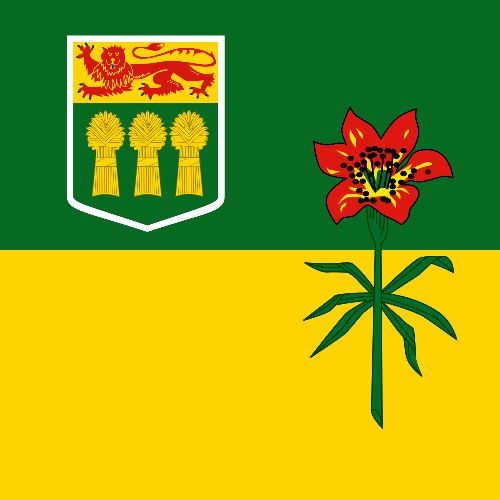| (a) | Research locally grown and farmed foods available in Saskatchewan such as pork, bison, fish, fruit, wild rice and vegetables. |
| (b) | Contact local product suppliers and document delivery methods, pricing and sustainability for restaurants. |
| (c) | Consult resources such as recipes, menus, Canada’s Food Guide and Eating Well with Canada’s Food Guide-First Nations, Inuit and Métis to develop a balanced menu. |
| (d) | Design a balanced menu using locally grown and farmed foods and products, considering budget and dietary preferences (e.g., cultural, medical or personal). |
| (e) | Create menu items from locally grown or farmed foods and products. |
| (f) | Analyze the opportunities and challenges of using locally grown and farmed foods and products in commercial cooking. |
| (g) | Practise food safety standards when selecting, handling, preparing, cooking, serving and storing foods and products. |

Flat Out Food - Season 2
From the water to the forest, to wide open fields, Saskatchewan produces some of the finest food in the world.
Flat Out Food traces local ingredients from the field to the plate with the help of host Jenn Sharp. She travels through the province, meeting the farmers, the food artisans and the chefs who make Saskatchewan’s culinary scene shine. This documentary series highlights unique Saskatchewan ingredients and their journey from the field to the plate. Season 2 includes the following episodes:
- Walleye
- Milk
- Tomato
- Pork
- Rhubarb
Each episode is 30 minutes in length.



The field-to-plate documentary series follows host, Jenn Sharp, as she travels across Saskatchewan and learns about 8 ingredients. Jenn joins farmers, growers, artisans, and chefs and discovers how these simple ingredients are elevated into mouthwatering dishes.
Season 3 features a dedicated episode for each of these topics:
- Saskatoon Berry
- Garlic
- Yeast
- Wild Rice
- Potato
- Egg
- Bison
- Salt
Run time is 22:30 for each episode.



